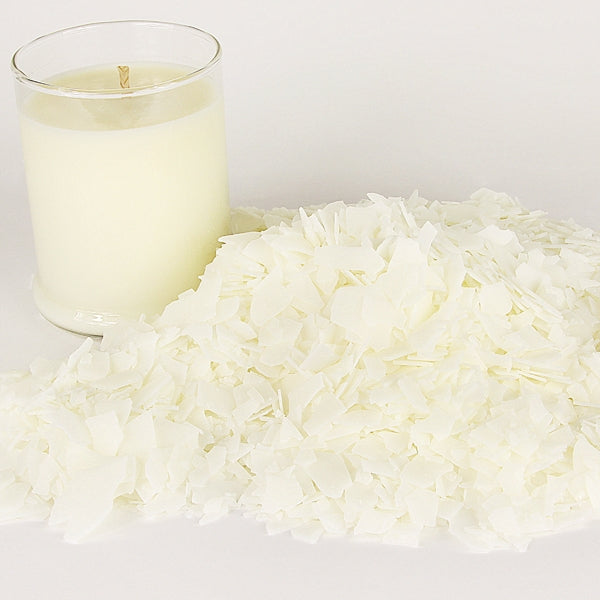Explore the Globe of Crystal Soy Candles and Home Fragrance Thrills
Explore the Globe of Crystal Soy Candles and Home Fragrance Thrills
Blog Article
From Wick to Wax: Comprehending the Chemistry Behind Soy Wax Candles and Their Ecological Effect
As we brighten our spaces with the warm glow of candle lights, there exists a world of detailed chemistry behind the seemingly simple act of lighting a soy wax candle light. Join us as we untangle the scientific intricacies behind soy wax candle lights and explore their ramifications on our environment.
Soy Wax Vs. Paraffin Wax
When comparing soy wax and paraffin wax for candle making, it is vital to comprehend the distinct qualities and advantages of each material. Soy wax is an all-natural, renewable energy stemmed from soybean oil, making it environmentally friendly and naturally degradable - candles. On the other hand, paraffin wax is a by-product of oil refining, which raises issues concerning its ecological effect and sustainability
Soy wax candles burn cleaner and produce much less residue compared to paraffin wax candle lights, making them a healthier selection for indoor air quality. Additionally, soy wax has a lower melting point, enabling a longer-lasting candle that disperses scent better. Paraffin wax, on the other hand, has a tendency to melt faster and much less easily, potentially releasing hazardous chemicals into the air.
From a sustainability perspective, soy wax is favored for its biodegradability and eco-friendly sourcing, aligning with the growing customer preference for eco conscious items. While paraffin wax has been a traditional selection in candle light making as a result of its affordability and convenience of usage, the shift in the direction of green options like soy wax is obtaining energy in the industry.
Chemical Structure of Soy Wax

Burning Refine in Soy Candles
The chemical make-up of soy wax straight influences the combustion procedure in soy candle lights, impacting factors such as burn time, aroma release, and ecological influence. When a soy candle light is lit, the warm from the fire thaws the wax near the wick.
The combustion performance of soy candle lights is affected by the purity of the soy wax and the quality of the wick. A clean-burning soy candle light with an appropriately sized wick will lessen and produce a steady flame residue formation. This not only extends the burn time of the candle light yet likewise improves the launch of fragrances. Additionally, soy wax candles have a lower environmental effect compared to paraffin candle lights due to their eco-friendly and eco-friendly nature.

Ecological Benefits of Soy Wax

Considered a lasting alternative to traditional paraffin wax, soy wax offers remarkable ecological advantages that make it a popular option among eco-conscious customers. Soy wax burns cleaner and creates less soot than paraffin wax, candles contributing to far better interior air high quality and lowering the need for cleansing and maintenance. Overall, the ecological benefits of soy wax straighten with the growing demand for environmentally friendly and sustainable items in the market.
Recycling and Disposal Considerations
Recycling and appropriate disposal of soy wax candles play a vital function in preserving environmental sustainability and reducing waste in neighborhoods and households. When it involves recycling soy wax candle lights, the initial step is to make sure that the candle light has melted totally. This can be attained by permitting the candle to burn until the wick is no more useful, and after that allowing the staying wax cool and solidify. Once the wax has solidified, it can be thoroughly gotten rid of from the container.

In terms of disposal, if recycling is not an option, soy wax candle lights are biodegradable and can be securely disposed of in most house waste systems. It is always advised to inspect with neighborhood reusing facilities or waste management solutions for specific guidelines on candle disposal to make certain proper handling and ecological protection.
Final Thought
In verdict, the chemistry behind soy wax candles reveals their environmental advantages over paraffin wax candle lights. Soy wax, derived from soybean oil, burns cleaner and generates less soot when compared to paraffin wax.
When comparing soy wax and paraffin wax for candle light production, it is vital to recognize the distinctive features and advantages of each product (soy candles).Soy wax candles melt cleaner and send out much less soot contrasted to paraffin wax candle lights, making them a healthier option for interior air quality.Taken into consideration a sustainable alternative to traditional paraffin wax, soy wax provides notable environmental advantages that make it a preferred choice among eco-conscious customers. Soy wax burns cleaner and generates less soot than paraffin wax, adding to far better indoor air top quality and lowering the requirement for cleansing and maintenance.In conclusion, the chemistry behind soy wax candle lights exposes their environmental advantages over paraffin wax candle lights
Report this page